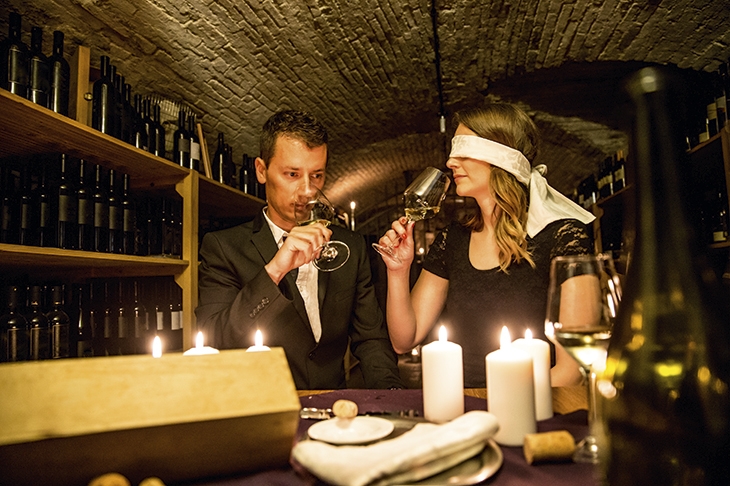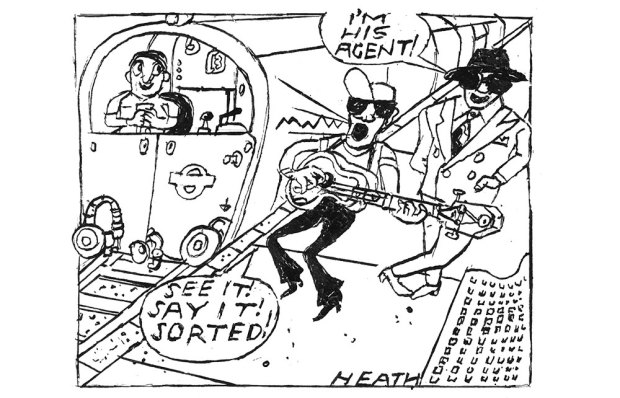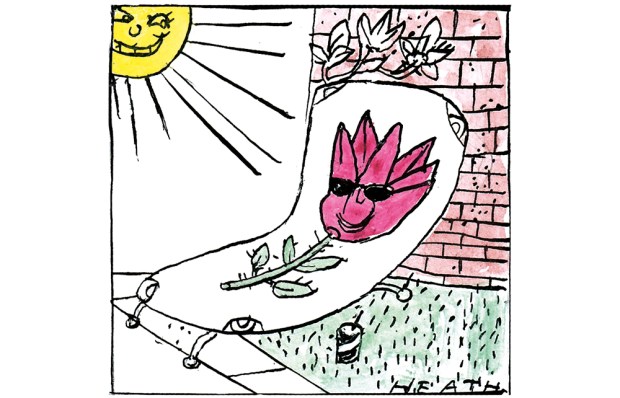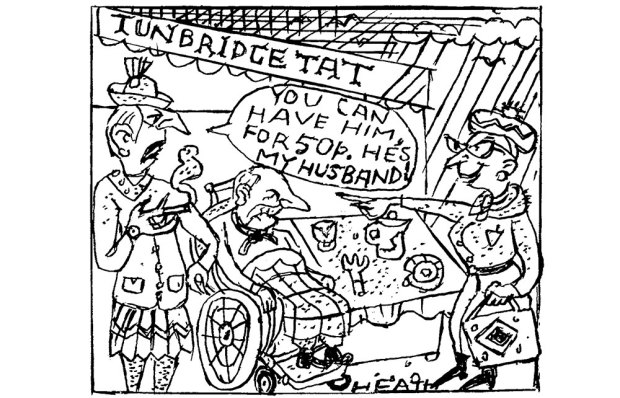The cellar room is almost silent save for the sound of slurping and spitting and the odd gentle sigh. One woman has her head buried in a bucket, while a chap lays his on the desk before raising a hand and asking for a refill. It has the air of a rather polite orgy, only everyone is fully dressed.
Welcome to the 67th blind wine-tasting Varsity match. The 14 men and women in the basement of Berry Bros & Rudd in St James’s have the most educated palates in Oxbridge. They know their D’Arsac from their Albariño. Unlike in the Boat Race, there are no blues on offer, just reds, whites and the chance to win a trip to Maison Pol Roger in Epernay where they will compete against the champion student wine-tasters of France. Aux armes! Or at least aux verres.
Oxford’s squad have been practising three times a week for two months, including a session every Saturday at 10 a.m., to reflect when the match starts. Cambridge, who warmed up with a £10 Muscadet on the train, have been more intense: four times a week for five weeks. Each side has tried about 250 wines since Christmas. Students do not enter the blind wine-tasting society to get drunk, not with all that spitting, but it is a good way to try expensive wines cheaply. With the assistance of alumni in the wine trade, they keep costs down to £10 a session.
The first Varsity match was held in 1953, arranged by Harveys of Bristol. It is now run by Pol Roger. ‘This is more like academic work than sport,’ says James Simpson, Pol’s managing director. As a student at Cambridge he competed twice, losing the first (by a point) and winning the second (by a mile).
While the students slurp and spit, Simpson leads the two judges, Jancis Robinson and Richard Bampfield, both Masters of Wine, through their own blind tasting upstairs, so they can work out where to award points for near-misses. As the experts make notes, Simpson steers this amateur down the list. ‘Don’t drink, smell,’ he keeps warning. ‘Eighty per cent of tasting is done with the nose.’ This may be bad news for Anna Gautier, the Oxford captain, who I saw dipping repeatedly into a pack of hankies. ‘What does that smell of?’ he asks. ‘Er… grapefruit?’ I venture. ‘More petrol, I think,’ he says. When we reach the sweetest white, I am thrown when I hear Robinson say she detects ‘an early taste of vomit’. It turns out she said ‘Furmint’, a Hungarian grape. By blind luck I correctly guess one is from South Africa. The rest I do well to get as red or white.
The students know their grapes, though. A couple get a full 20 marks on a wine. The best individual score is for Gianmarco Luppi of Oxford, a maths student and their only undergraduate, but the overall title goes to Cambridge by four points, 658-654. It is the closest match since Simpson’s loss 35 years earlier. Does he think these tasters will join him in the wine trade? ‘Some are very good,’ he says, ‘but I’d advise them to go and earn huge amounts of money. After all, we need consumers.’
Got something to add? Join the discussion and comment below.
Get 10 issues for just $10
Subscribe to The Spectator Australia today for the next 10 magazine issues, plus full online access, for just $10.
You might disagree with half of it, but you’ll enjoy reading all of it. Try your first month for free, then just $2 a week for the remainder of your first year.














Comments
Don't miss out
Join the conversation with other Spectator Australia readers. Subscribe to leave a comment.
SUBSCRIBEAlready a subscriber? Log in